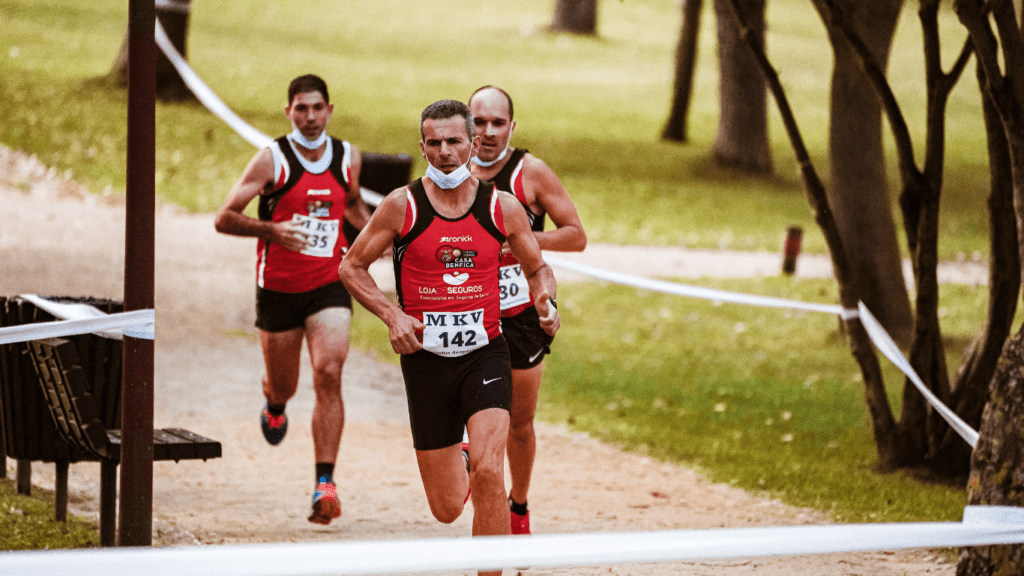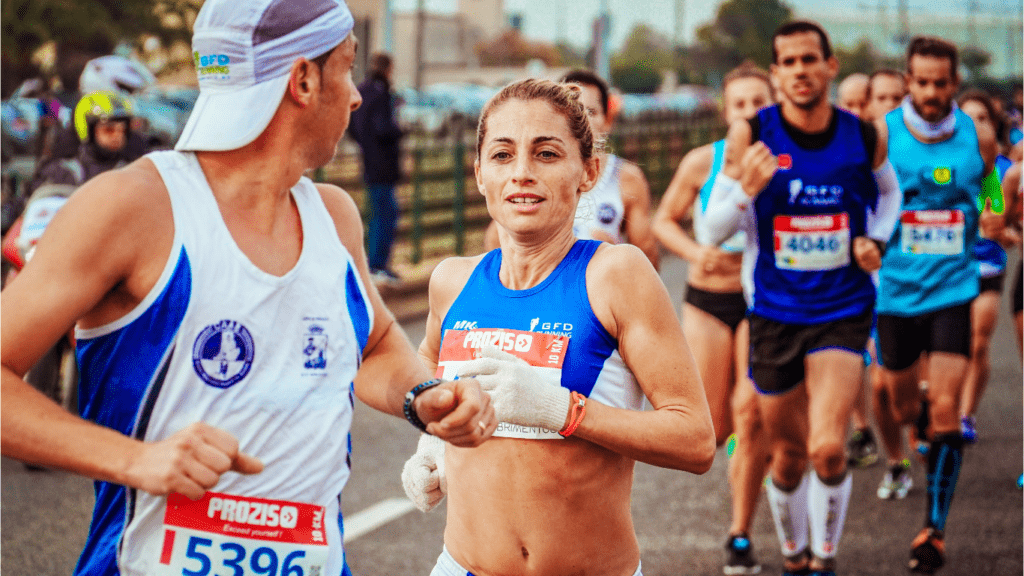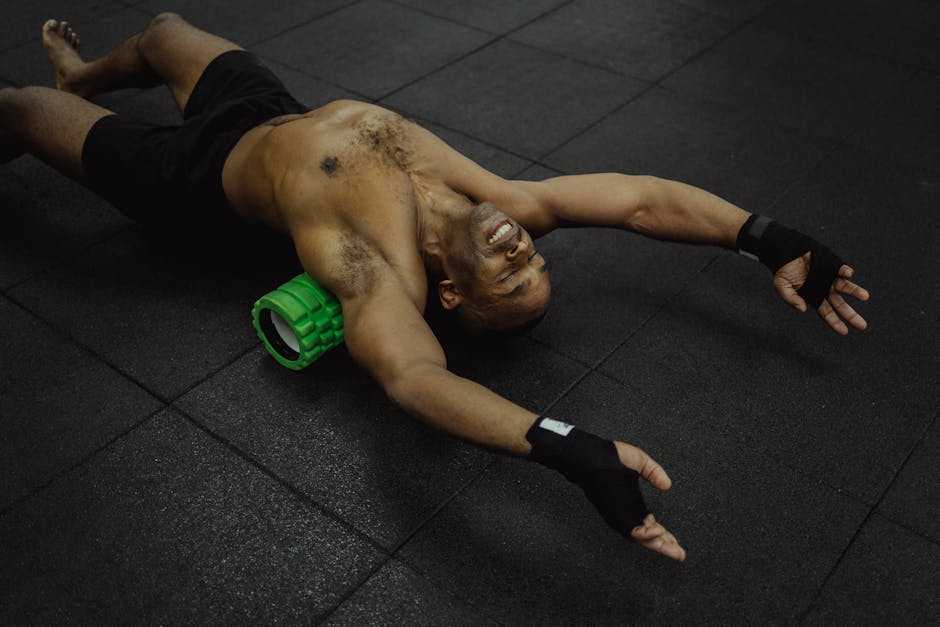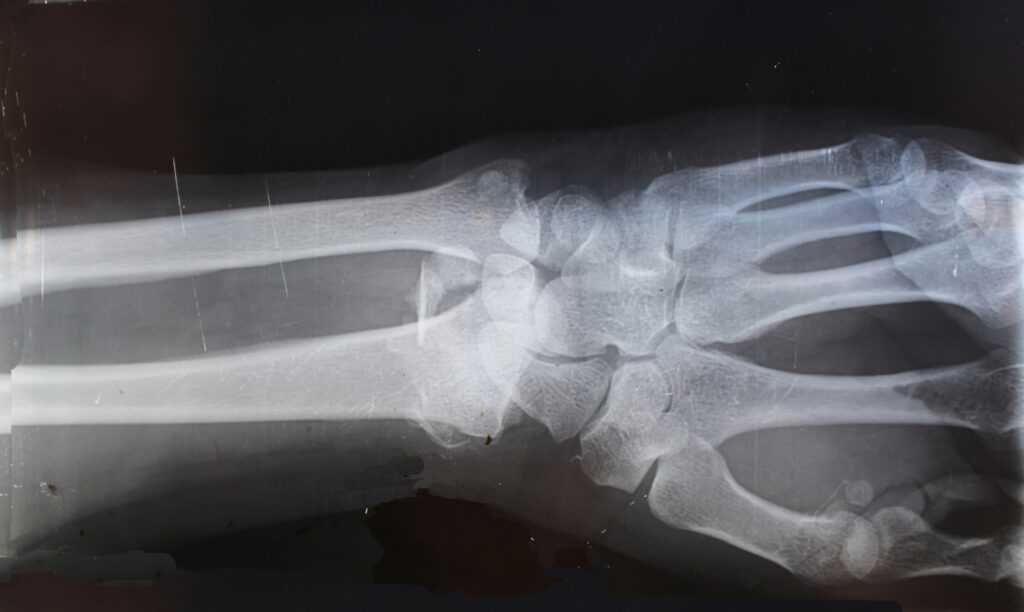Understanding Running Form
Running form encompasses the technique and posture used while running. Efficient form helps improve performance and reduce injuries.
What Is Running Form?
Running form refers to the alignment and movement patterns of the body during running. It includes foot strike, stride length, arm swing, and torso posture. Proper form distributes impact forces evenly, enhancing performance, and decreasing injury risk.
Why Good Running Form Matters
Good running form reduces stress on joints and muscles, lowering the likelihood of injuries. When the body moves efficiently, it conserves energy, allowing longer and faster runs. Improved form can help avoid common injuries like:
- shin splints
- runner’s knee
- plantar fasciitis
Key Components of Proper Running Form
Mastering a few essential elements of running form enhances performance and minimizes injury risk.
Posture
Posture affects running efficiency and can reduce injury risk. Keep the head up, eyes focused 20-30 feet ahead, and shoulders relaxed. Engage the core to maintain an upright torso.
A slight forward lean, originating from the ankles rather than the waist, helps propel forward momentum.
Foot Strike
Foot strike plays a crucial role in running form. Aim for a midfoot strike, where the foot lands directly beneath the hips. Avoid heel striking, which creates a braking effect, and forefoot striking, which can strain the calves.
A midfoot strike distributes impact forces more evenly.
Arm Swing
Arm swing’s proper execution aids in maintaining balance and supporting an efficient stride. Keep arms bent at 90 degrees, with hands relaxed.
Swing the arms forward and backward from the shoulders, not crossing the midline. Proper arm swing reduces unnecessary torso movement, conserving energy for the legs.
Common Running Form Mistakes
Runners often make specific mistakes that lead to inefficiencies and injuries. Identifying and correcting these mistakes can significantly improve performance and reduce injury risk.
1. Overstriding
Overstriding occurs when a runner’s foot lands too far ahead of the body’s center of mass.
This can cause braking forces that slow you down and increase the impact on your joints. Shortening your stride and increasing your cadence can address this issue effectively.
2. Excessive Heel Striking
Excessive heel striking happens when the heel is the first part of the foot to make contact with the ground. This can lead to a higher risk of injuries such as shin splints and stress fractures.
To mitigate this, focus on landing with a midfoot strike, which helps distribute impact forces more evenly.
3. Poor Posture
Poor posture, such as slouching or leaning too far back, can cause inefficient running mechanics and increase injury risk. Maintain an upright posture with a slight forward lean.
This helps engage your core and enables better alignment during your run.
Techniques to Improve Running Form

Improving running form requires attention to drills, exercises, and strength training. Additionally, using feedback and video analysis can greatly enhance technique.
Drills and Exercises
Incorporating specific drills helps refine running mechanics. High knees, for instance, improve knee lift and cadence. Butt kicks focus on proper leg recovery.
Incorporating strides enhances speed and running efficiency. Performing these drills regularly can develop muscle memory for better form.
The Role of Strength Training
Strength training supports running form by enhancing muscle function and reducing fatigue. Squats and lunges strengthen the lower body.
Core exercises like planks improve stability and posture. Adding these exercises to a routine can boost overall running performance and reduce injury risk.
Feedback and Video Analysis
Feedback, especially through video analysis, identifies and corrects form flaws. Recording running sessions helps spot issues like overstriding or improper arm swing.
Working with a coach for targeted feedback refines technique further. Using these tools ensures continuous improvement and injury prevention in every run.
Benefits of Improving Your Running Form
Improving running form brings multiple advantages. Optimal technique can significantly reduce injury risk and increase efficiency.
Reduced Injury Risk
Proper running form minimizes stress on joints, muscles, and ligaments. Misalignment increases the risk of overuse injuries like:
- shin splints
- stress fractures
Ensuring a midfoot strike rather than heel striking distributes impact forces more evenly (source: American College of Sports Medicine). Correct posture also prevents undue strain on the back and hips.
Increased Efficiency
Efficient running form maximizes energy use. A more fluid motion reduces wasted efforts and delays fatigue. Short, quick strides use less energy than long, overextended ones (source: National Institute of Sports Medicine).
Arm swing coordinated with leg movement improves balance and forward propulsion, contributing to better performance and endurance.



